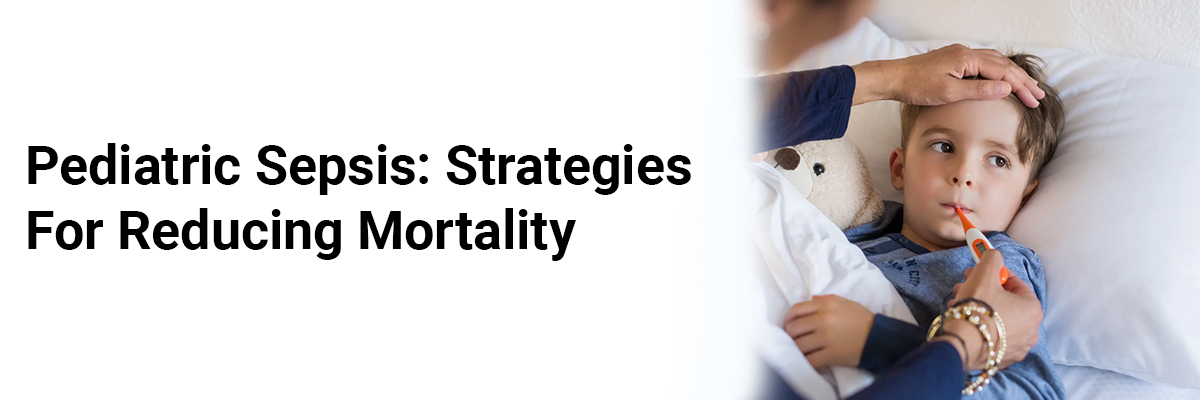
Pediatric Sepsis: Strategies for Reducing Mortality
An international consensus conference on pediatric sepsis (2005) established definitions for various terms, including systemic inflammatory response syndrome (SIRS), infection, sepsis, severe sepsis, and septic shock.
It was found that severe sepsis and septic shock are major contributors to child mortality globally, accounting for a significant portion of the 4 million deaths from infectious diseases in children under five.
The SPROUT Study, conducted across 26 countries, reported an 8.2% prevalence of severe sepsis among 6,925 children in pediatric intensive care units – with variations between developed and developing countries. A systematic analysis by Fleischmann-Struzek et al. estimated 48 cases of sepsis and 22 cases of severe sepsis per 100,000 person-years, with mortality rates ranging from 1-5% for sepsis and 9-20% for severe sepsis. Common risk factors included central venous devices, organ transplantation, and underlying chronic diseases.
Mortality rates from pediatric sepsis have decreased over the past two decades, but significant disparities exist between developed and developing countries. Children with medical comorbidities face higher in-hospital mortality rates, with younger age, organ dysfunction, and septic shock also contributing to increased mortality. Early deaths often result from refractory shock, while late deaths are linked to multiple organ dysfunction.
Clinical manifestations of sepsis in neonates can be nonspecific, requiring a high index of suspicion. Early recognition through sepsis screens, such as the 'Best Practice Alert' and the Pediatric Septic Shock Collaborative's screening tools, is crucial. Machine learning and artificial intelligence have shown promise in predicting severe sepsis earlier than traditional screening tools.
While biomarkers like CRP and procalcitonin aid in risk stratification, no single biomarker offers diagnostic and prognostic capabilities in pediatric sepsis. The 2020 Surviving Sepsis Campaign guidelines recommend systematic screening and protocol-based management. Timely initiation of antimicrobial therapy, appropriate fluid resuscitation, and vasoactive agents are key components of sepsis management.
In resource-limited settings, challenges include malnutrition, limited equipment, and disease-specific considerations. The Indian Academy of Pediatrics emphasizes a tailored approach in such settings. This suggests that interventions like oxygen therapy and fluid resuscitation can be performed even at primary and secondary health facilities.
Despite existing evidence, knowledge gaps persist, and future research should focus on global, multicenter studies to tailor interventions based on diverse patient populations and resource availability. Pediatric sepsis remains a significant global health challenge, necessitating early recognition, effective management, and ongoing research to improve outcomes.
Source: Kannikeswaran N, Mahajan P. Indian Pediatr. 2023 Dec;60(12):981-4.













Please login to comment on this article